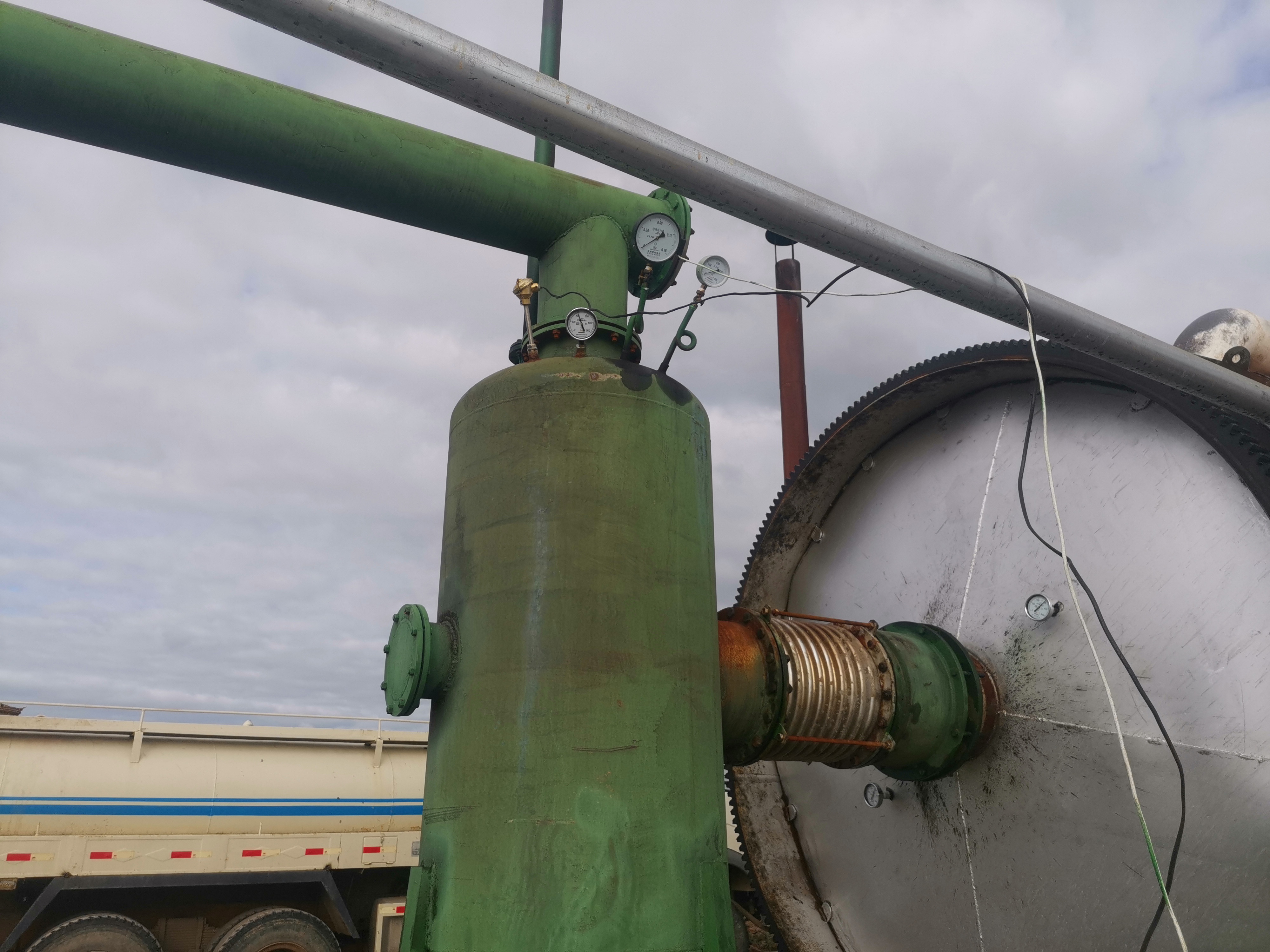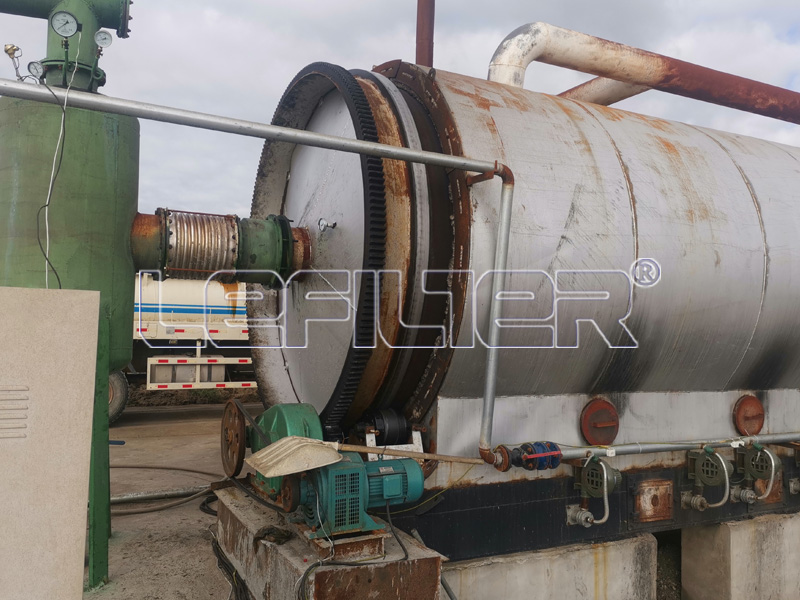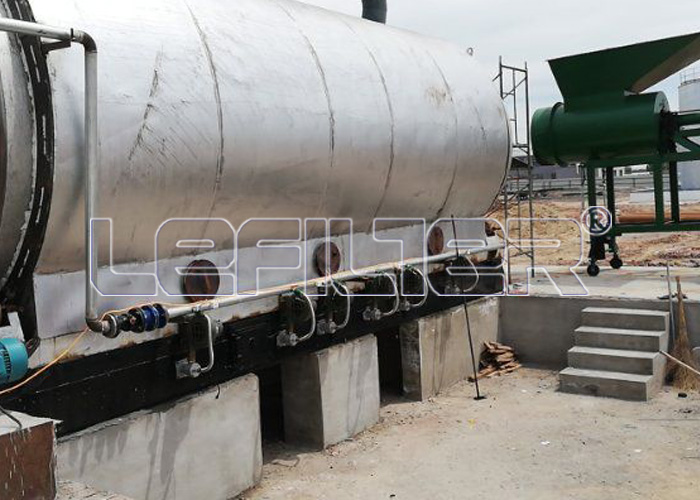I. Overview of sludge refining project:
Along with the rapid development of the world economy, the demand for oil is increasing day by day. Many oil wells need to be drilled in the oil field every year, and the refinery is also expanding and increasing its load. In the process of oil exploration, exploitation, refining, tank cleaning, storage and transportation, a large number of crude oil or oil products, together with soil, water or other impurities, form oily sludge or sewage due to accidents, leakage, dripping, natural sedimentation and other reasons. Oily sludge or oily sewage contains oil, water and inorganic solids, which are highly dangerous pollutants and will cause great harm to the environment.
According to the different causes of formation, oil sludge is generally divided into: floor sludge, tank bottom sludge, surface oil spill, oil refinery sludge, etc.
Cracking technology is an effective sludge treatment method, which is widely used in the harmless treatment of sludge. It can effectively recover the oil resources in sludge, and it is not easy to produce secondary pollutants, so as to realize the recycling of sludge and waste. The most suitable final pyrolysis temperature of sludge is 550 ℃, according to the different types of sludge. The oil yield is about 15-50%. The chemical composition of the pyrolysis oil is similar to that of diesel oil and can be recycled. In addition, the equipment is equipped with tail gas combustion and reuse device to ensure tasteless. And ensure no discharge of three wastes. The equipment takes the fuel natural gas as an example (cracking oil can also be used). The equipment is equipped with dust remover. The gas emission can reach the national standard. The water of the whole circulating cooling system circulates without pollution and waste water discharge. The waste residue can be sent to the discharge standard required by the government due to the high temperature treatment of several hundred degrees. Generally, there will be subsidies of 1000-3000 yuan per ton. In terms of the quality and value of the products, the cracking equipment solves the problem of waste pollution very well and will not cause secondary pollution. At the same time, it has created huge economic benefits.
II. Working principle of sludge refining equipment:
Step 1: feeding: according to the cause or existing state of the sludge, the liquid or solid-liquid mixed sludge can be injected into the anti heating main engine by using the slurry suction pump, and the solid can enter into the heating main engine by using the shaftless screw feeder. After the feeding, close the feeding door.
Step 2: heating: natural gas and non condensable gas can be used to evenly heat the reactor, and the temperature will gradually rise to about 260 ° C after heating for about 2 hours, and the cracked oil gas will enter the cooling system through the oil outlet in the reactor center to liquefy into oil and enter the intermediate oil tank.
Step 3: non condensable gas treatment: the non condensable gas (C1-C4 component) that flows into the oil tank together with the oil flows into the furnace after passing through two water seal fire arrestor devices and one fire arrestor device. This part of non condensable gas can be fully burned through the combustion machine, and a large part of fuel can be saved at the same time.
Step 4: smoke and dust treatment: all the smoke and dust generated by combustion are pumped into the general dust removal system by the special induced draft fan for treatment. The treated smoke and dust are white water vapor without black particles. Then the water vapor will enter the professional industrial purification device for standard emission treatment to ensure that the final smoke and dust emission meets the national emission standards.
Step 5: slag discharging: after the temperature of reaction kettle drops below 80 ℃, open the slag discharging door, connect the automatic slag extractor to start slag discharging, and the discharged slag is transported to the slag storage bin by the negative pressure air conveying equipment through the pipeline to ensure that the slag discharging process is dust-free.





